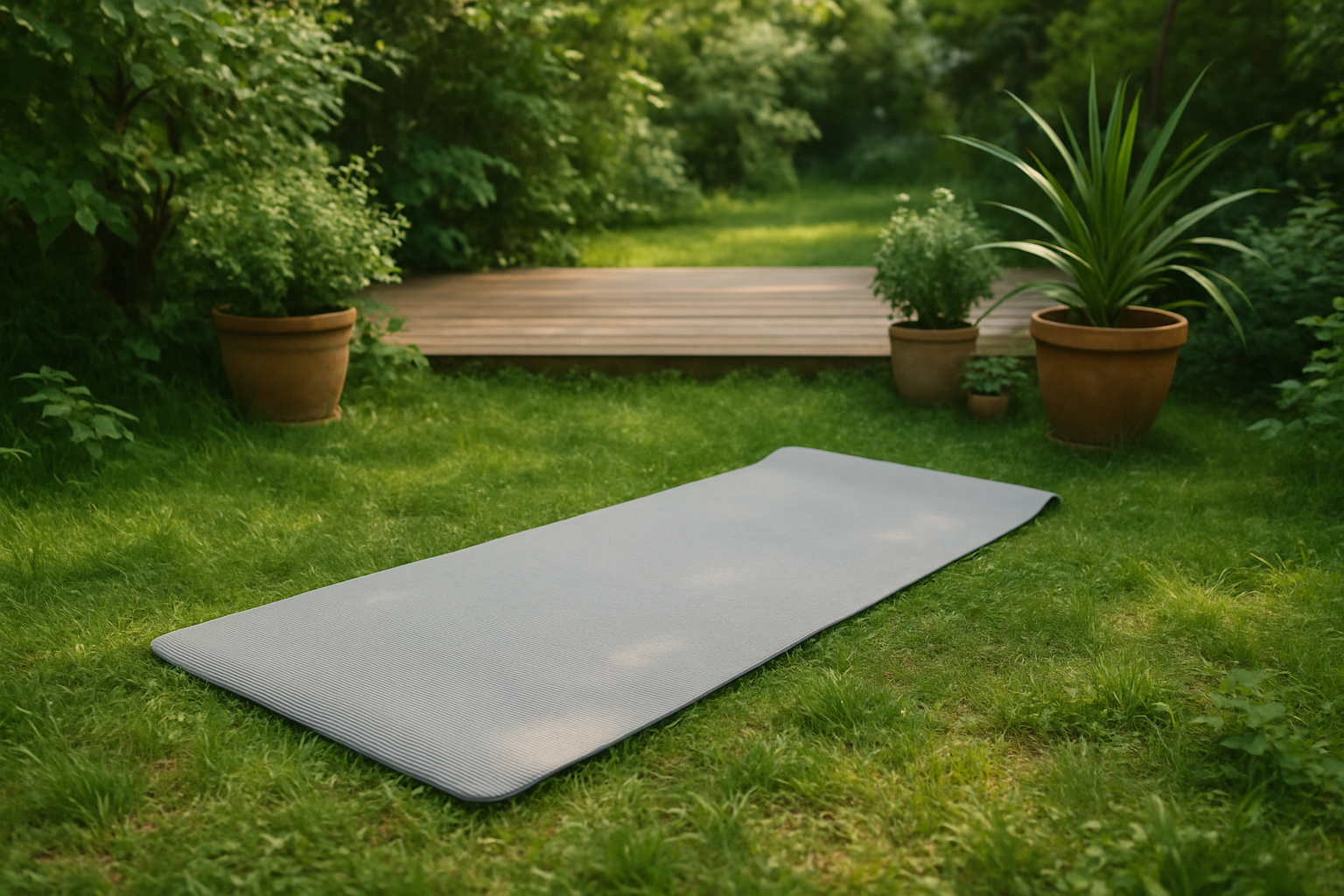In recent years, sustainability has become a key consideration for wellness enthusiasts. Choosing an eco-friendly yoga mat is not only beneficial for the planet but also enhances your practice by providing healthier, non-toxic materials that support both body and mind.
1. Materials Matter: Natural Rubber, Cork, and Recycled Options
Natural Rubber Mats
-
Made from the sap of rubber trees, these mats are biodegradable, renewable, and durable.
-
Offer excellent grip, even during sweaty sessions, making them ideal for Vinyasa or Hot Yoga.
Cork Mats
-
Naturally antimicrobial, cork mats resist bacteria, odor, and moisture.
-
Provide a firm, non-slip surface that improves with time, ideal for balancing poses.
Recycled and TPE Mats
-
Constructed from recycled plastics or synthetic elastomers, reducing environmental waste.
-
Lightweight and versatile, perfect for traveling yogis or studio sessions.
Choosing mats made from natural or recycled materials aligns your practice with mindful living, reducing your ecological footprint while maintaining performance and comfort.
2. Environmental Impact and Sustainability
-
Traditional PVC mats are non-biodegradable and contribute to plastic pollution.
-
Eco-friendly mats reduce carbon emissions, limit chemical exposure, and support sustainable manufacturing practices.
-
By choosing biodegradable or recycled mats, practitioners participate in a movement toward responsible consumption, contributing to a healthier planet.
3. Durability and Performance
Sustainable mats are designed for longevity:
-
Natural rubber and cork mats resist wear, tear, and compression, making them reliable for long-term use.
-
Many eco-mats feature textured surfaces for enhanced grip, ensuring stability during challenging poses.
-
With proper care, these mats can last several years without compromising comfort or safety.
4. Caring for Your Eco-Friendly Mat
To extend your mat’s lifespan and maintain hygiene:
-
Clean regularly: Wipe with a damp cloth and mild soap after practice.
-
Avoid direct sunlight: Excessive heat can degrade natural materials.
-
Roll, don’t fold: Prevents creases and maintains shape.
-
Store properly: Keep in a cool, dry area to avoid moisture damage.
5. Why Choose Sustainable Mats?
-
Health-conscious: Free from harmful chemicals often found in traditional mats.
-
Eco-conscious: Supports a cleaner, greener planet.
-
Practice-focused: High-quality materials enhance grip, stability, and comfort.
-
Mindful lifestyle: Aligns your physical practice with your values, promoting balance and intention beyond the mat.
Conclusion
Choosing an eco-friendly yoga mat is more than a trend—it’s a deliberate choice that reflects your commitment to wellness, sustainability, and mindfulness. With durable, natural, and recycled materials, these mats provide superior performance while supporting a healthier planet. By investing in a sustainable mat, you’re not just enhancing your yoga practice—you’re making a positive impact on the world around you.





